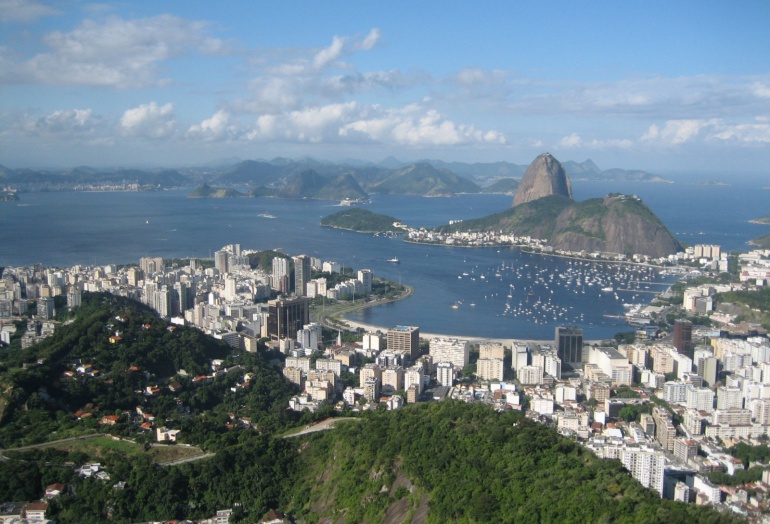The State of Rio de Janeiro suffering from various extreme weather events. Because of its natural climatic and geographical characteristics and occupation of the slopes and natural flood areas (wetlands), the main problems facing the state are floods and landslides usually recurring. Therefore, geo-hydro-meteorological disasters were responsible for numerous human and material losses in the state. It is expected that these risks related to weather events will increase further with climate change (more frequent extreme events) and the continued growth of the urbanizations in the State.
In this context, the objective of the consultancy is to contribute to improved disaster risk management, based on the strategies of the Hyogo Framework for Action 2005-2015, instrument adopted by the Member States of the United Nations to reduce disaster risks facing challenges in policy and institutional areas, in risk identification and risk assessment, in the implementation of measure for prevention, preparedness, effective response and recovery, in knowledge management and in education.
Therefore, the consultant assumes the design of institutional and operational arrangements for geo-hydro-meteorological disaster risk management the State of Rio de Janeiro should be in line with the provisions of the Hyogo Framework for Action.
The main challenges in this context are: Improve the processes and procedures adopted by the institutions involved, integrate and harmonize these procedures and processes between institutions, and establish an integrated communication system. This occurs through the development of an institutional and operational framework with an organic structure as to give the state a governance capacity which meets the society’s current and future expectations.
Services Provided
Services offered in the project:
- Evaluation of the current structure: characterization of the scientific and technical institutions involved in disaster risk management, evaluation of the organizational arrangement and general assessment of the operational structure of the technical and scientific institutions, as well as evaluation of the ability to act of municipalities in risk management.
- Suggestions for improvement in the institutional structure (organizational chart) and in the operational structure (process improvement).
- Action plan for the implementation of the proposed improvements to come to a more coherent and efficient institutional and operational agreement.



